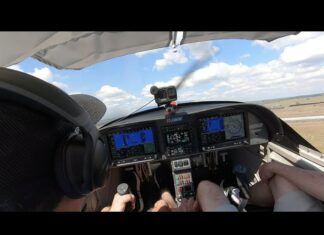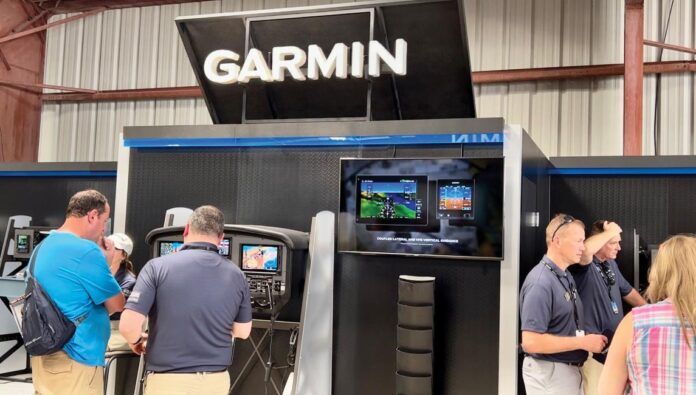
While we weren’t looking, even mid-priced avionics retrofits have surpassed the cost of a new engine—often making the instrument panel the most expensive piece of the aircraft. Shouldn’t buyers demand stellar quality and product support? Of course they should.
So with that simple point in mind, we put together an avionics satisfaction survey. While we concluded that manufacturers generally keep buyers happy, there’s always room for improvement in interfacing, support and compatibility across brands. The good news is that it appears the supply chain has loosened up, and buyers are mostly pleased with avionics shops and installers who know how to schedule and support the installation when the ink on that eye-watering check dries.
Our polling
We asked for feedback from buyers who did major avionics upgrades within the past two years. This includes those who dealt with avionics shops, and also experimental kit builders who farmed out tasks such as wiring harnesses and instrument panel fabrication.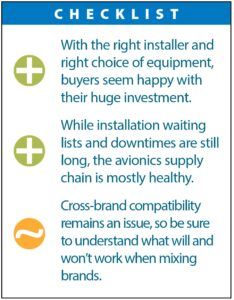
We solicited responses through sister publications AVweb and KITPLANES magazine and through our own social media outlets. We also heard from some buyers who contacted us directly. This latest survey reeled in just over 1400 responses. What’s interesting is that our last avionics survey done nearly three years ago only got a few hundred responses, perhaps confirming what we already knew from talking with shops and manufacturers—avionics upgrades are more popular than ever.
The majority of respondents (95 percent) owned piston single-engine aircraft, while a whopping 52 percent owned experimental kitbuilt models—proving again that the experimental market is a lively one. Certified models (43 percent) and LSAs (5 percent) made up the rest.
We specifically asked which brands of avionics were installed or purchased and not surprisingly, Garmin was the most popular choice at 58 percent. That’s about the same as it was for our last avionics survey. Dynon Avionics (23 percent) came in second in popularity and uAvionix came in third, at 14 percent. Audio maker PS Engineering proved its popularity, at roughly 13 percent. We’ve said it before and we’ll say it again: If your shop doesn’t demo or at least offer a PS Engineering audio system in a package that includes new audio, we think it’s a red flag and you should ask why.
As for iPad-based interfaces, we asked about Falken Avionics and Guardian Avionics. Both have impressive and smart big-screen iPad panel installs, but only four respondents had either. We’ll look at them exclusively in a separate report.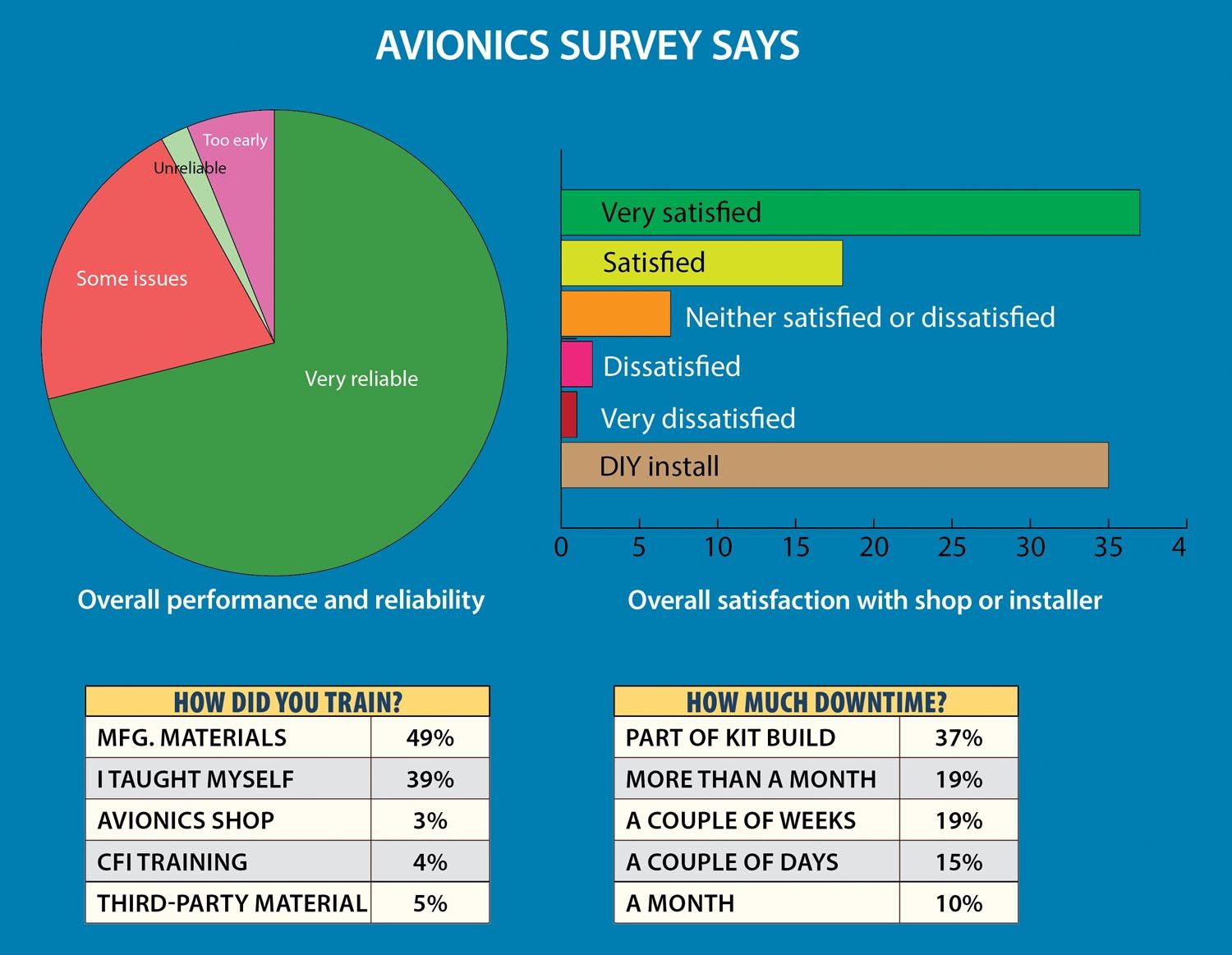
Performance, reliability
As with other surveys, we always put out the caveat that these categories might get slightly skewed because it might attract disgruntled buyers who jump at the opportunity to hammer a manufacturer or installer for interfaces that went off the rails. On the other hand, happy customers generally like to talk about it.
The good news in this latest survey is there were a lot of satisfied customers, with an impressive 72 percent of respondents saying the overall performance and reliability of their newly purchased avionics were very reliable. Roughly 20 percent had at least some issues, and a bit over 50 percent said that no replacement components were needed once they started flying with the new gear.
Buyers have grumbled for years about the lack of cross-brand compatibility with some avionics, with software incompatibility (and even regulatory approval) in the way of an otherwise capable interface. So we asked about the level of satisfaction with the avionics’ ability to work with third-party equipment. Roughly 42 percent said they were very satisfied and 32 percent were satisfied. But that doesn’t mean it’s all perfect.

As one major example, with autopilot retrofits gaining huge popularity, it’s no surprise we heard complaints in our survey about interfacing across brands. That means you should go into the installation knowing exactly what autopilot features and capabilities you’ll get, given the equipment it’s being interfaced with. That takes a shop that knows not only the technical side of the installation, but also the operational specifics to properly educate the buyer.
“Autopilot interfaces between brands is an issue and the reality is that Garmin has the full integration package, while others can’t fully interface with Garmin—and marginally among themselves,” one respondent told us. He has Aspen displays, a digital S-TEC autopilot and Garmin navigators. “My aircraft is now 100 percent Garmin equipped, thus no interfacing challenges,” said another.
Worth mentioning is that Aspen Avionics over the years has emphasized the importance of third-party compatibility and has generally maintained an open interface with its Evolution displays.
Still, one of our respondents was disappointed that his Aspen E5 display and BendixKing AeroCruze 100 wouldn’t fully play (for GPSS) without an optional converter, despite both systems having a digital architecture. We asked Aspen’s Mike Studley about it, who offered a detailed explanation with technical diagrams for reference.
“The AeroCruze 100 STC calls out for an Aspen ACU (analog converter unit) and if it’s installed, the GPSS command button functions as it should on the Aspen display. Some are installing it without the $1000 ACU and are just using the AeroCruze’s internal GPSS. In the latter case, the Aspen’s GPSS button is greyed out and disabled,” he explained. This is the level of high-quality field support we’ve learned to expect from Aspen, and in this case it makes us wonder why the installing shop couldn’t get the customer these answers. As we’ve reinforced in the past, ask the shop how many like interfaces it has completed before committing to the retrofit.
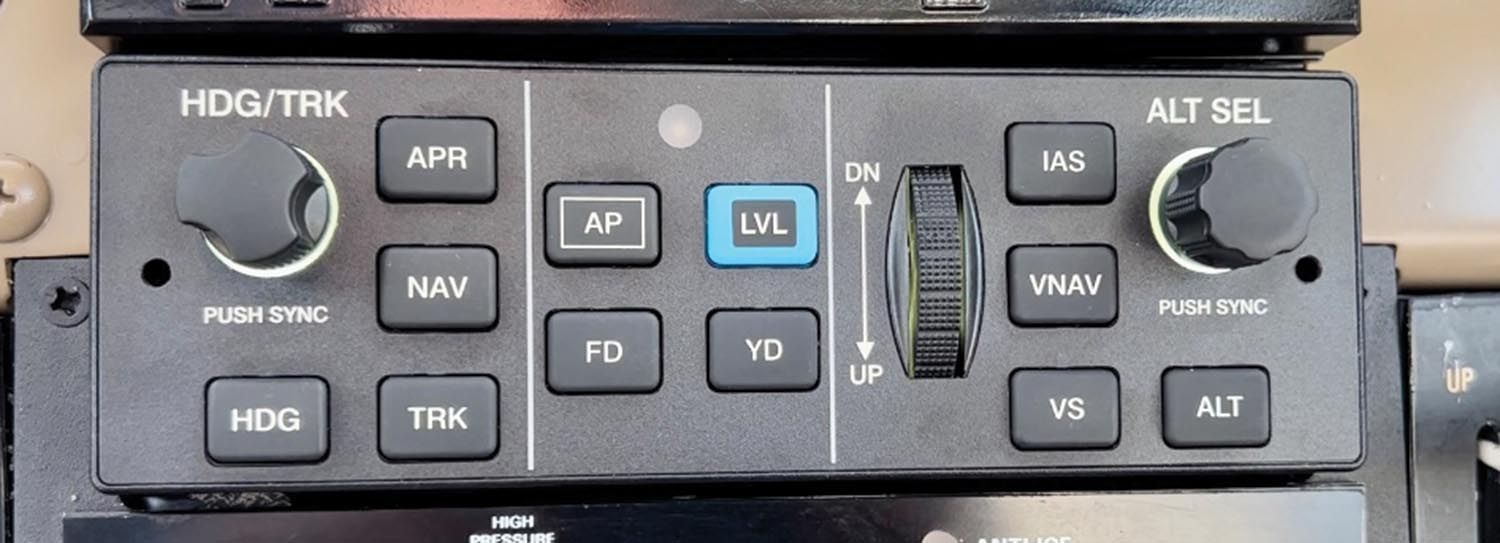
“All Garmin autopilots need to be compatible with Aspen displays,” another said. Another said that his Aspen works with his Avidyne but that the interface is “clunky and complicated” to operate, but is fine when the systems work independently.
“Almost all protocols that my avionics communicate with are proprietary and closed. There is no way of getting more than the basic information out of it, or even to send commands to it,” one Garmin experimental equipment owner said.
It’s not only autopilots. uAvionix was dinged in our survey for not providing a deeper navigation interface for its otherwise capable AV-30 electronic flight display. It can function as an approved attitude and flight data display, an ADS-B controller and display and a heading indicator, but incompatibility with IFR GPS navigator (and VHF nav) vertical course guidance essentially limits interfaces to VFR, while full autopilot interfacing is limited to experimentals. “I wish my AV-30 had FAA approval for a variety of autopilot interfaces in certified aircraft,” one respondent said. uAvionix did we’ll when it came to product support, bang-for-the-buck value and a shallow feature set.
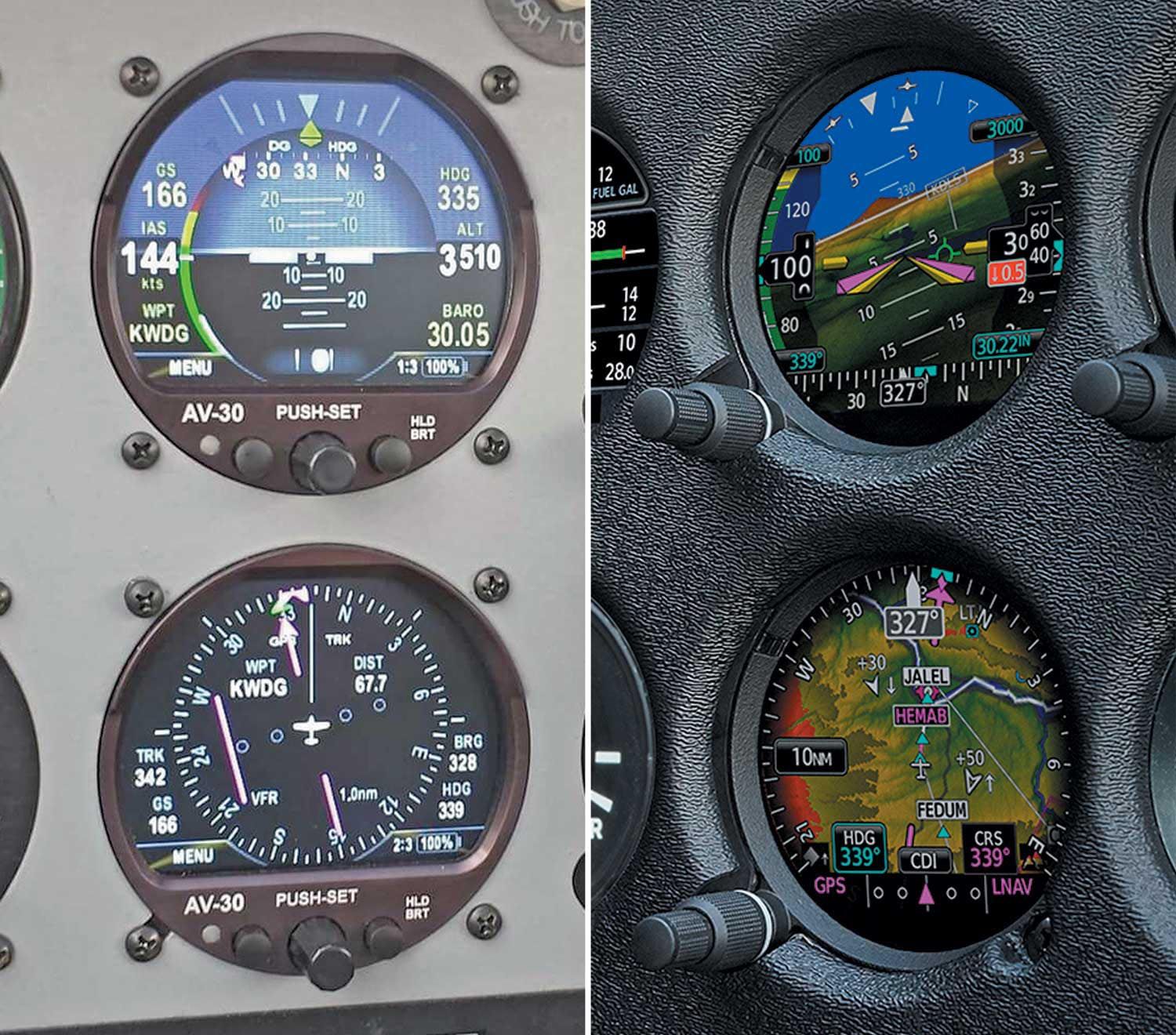
Ryan Braun, uAvionix managing director, is receptive and understands the call for improvement and better interfaceability. He told us that IFR navigator support with precision approach guidance is in the works, as are interfaces with digital autopilots and the ability to sync inputs between multiple AV-30 displays. There’s also a focus on wireless cockpit connectivity for tablet sync of ADS-B traffic and weather.
We think a good product demo from a knowledgeable salesperson is in order before settling on any interface, especially ones that talk across brands. As one example, a respondent with a Dynon SkyView, an Avidyne IFD540 and the ForeFlight app complained that lots of duplicate data entry is required for flight plans and other changes. A good demo might reveal these nits.
Sometimes, there are no upgrade paths at all and you’re stuck with what you’ve got. “I am stuck with the BendixKing KAP140 autopilot with my G1000 panel,” said one respondent. That’s because the G1000 is an OEM system and earlier G1000 models were type certified with the KAP140. “Some legacy G1000s can’t be upgraded to WAAS, nor is there a path out of the KAP140 autopilot—never buy a plane with avionics that are part of the type certificate,” said another G1000 owner. Keep that in mind when shopping for G1000 aircraft, where the Garmin GFC 700 integrated autopilot eventually became standard and replaced the rate-based KAP140, as did WAAS navigators, as standard.
But with the right strategy, it’s sometimes possible to pump new life and more precision into aging analog autopilots without having to replace them.
“My aircraft has a King KFC150 autopilot and I replaced the mechanical attitude indicator with a Garmin GI 275. The autopilot doesn’t porpoise any more and better captures and holds vertical speeds and altitudes. It was we’ll worth the money and offers more reliability than the vacuum-driven gyro,” one respondent told us. When the dust settled on the upgrade, which removed the heavy gyro and other old gear, he gained 26 pounds of useful load. Our advice is the same as it ever was and that’s to use the big installation as an opportunity to clean up old wiring and remove any accessories (including antennas) that don’t have any purpose. Money spent cleaning up the electrical bus, including replacing old fuses with modern circuit breakers, is we’ll worth it.
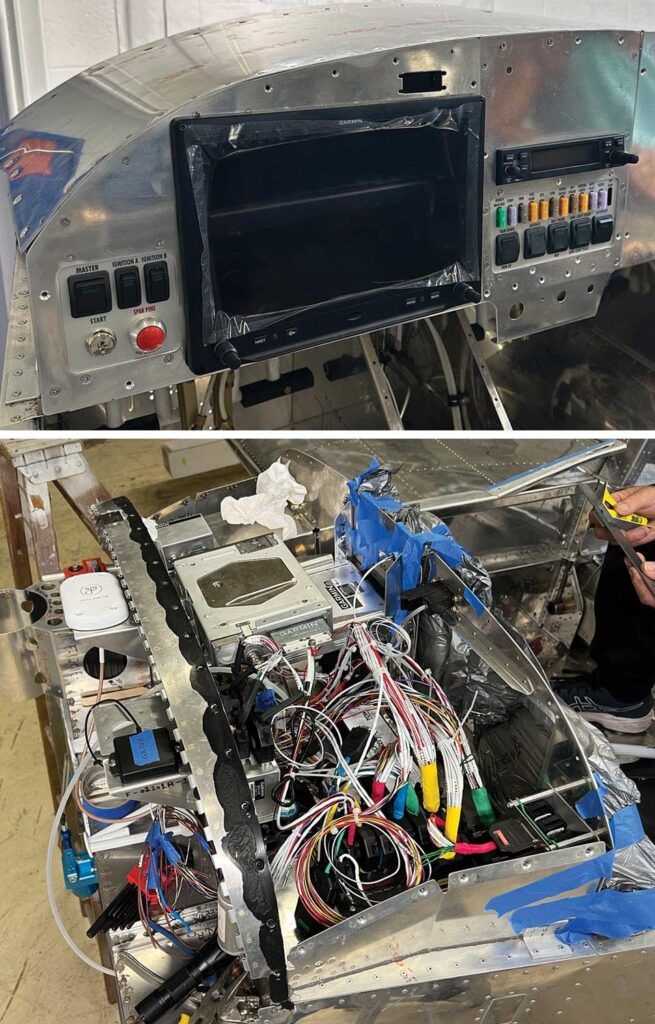
Support, training
The way we see it, no matter how good a product is it isn’t worth a pile of java beans without solid manufacturer support to back it up. In the world of avionics upgrades, it starts with the installer. When asked specifically the level of satisfaction buyers had with the installing shop/installer, 37 percent said they were very satisfied and 18 percent were plain satisfied. A whopping 34 percent said it didn’t really matter because they did their own installs, primarily on their experimental kits.
As it’s been for years, buyers struggle to find useful real-world training for their retrofit avionics. “Avidyne equipment works differently than Garmin and it has been difficult to find a source that both tells you what the differences are and how to use each in flight. Avidyne actually had the information I needed buried in the Q&A section of its website,” one respondent told us.
Sometimes, frustrated buyers get no answers. “My engine and fuel display has never worked properly with my existing fuel sensors after multiple calibration efforts, and customer service essentially told me to pound sand and actually wished me good luck trying to figure it out,” said one in our survey. That’s a common caveat in trying to use existing fuel senders in a new fuel display installation. As we’ve reported, when installed properly, CiES digital sensors are recommended and worth the effort.
We heard from some buyers of Avidyne equipment who liked the products, but not the high cost of flat-rate repairs or the inability to get extended warranty coverage for IFD navigators. But we also heard from Garmin owners who were surprised at flat-rate repair pricing, proving that today’s avionics certainly won’t be inexpensive to maintain once the warranty runs down. Another Avidyne owner told us of multiple LRU failures and repairs for his Cirrus, but our survey certainly didn’t uncover a pattern that pointed to widespread quality issues. “Avidyne plays we’ll with others,” one said. “I chose Avidyne because of its wide sociability and rich legacy interfaces and it’s worked out well,” said another. Another was pleased with his Avidyne gear, but unhappy that his early Avidyne ADS-B unit (made by a third-party manufacturer) wasn’t supported any longer because the manufacturer is gone. We’re preparing a report on standard and extended warranty plans for an upcoming report in Aviation Consumer.
We heard good things about Garmin’s structured training, including its hands-on avionics courses offered at its Olathe, Kansas, training center—something we can vouch for after taking numerous Garmin pilot training courses, both in person and virtually.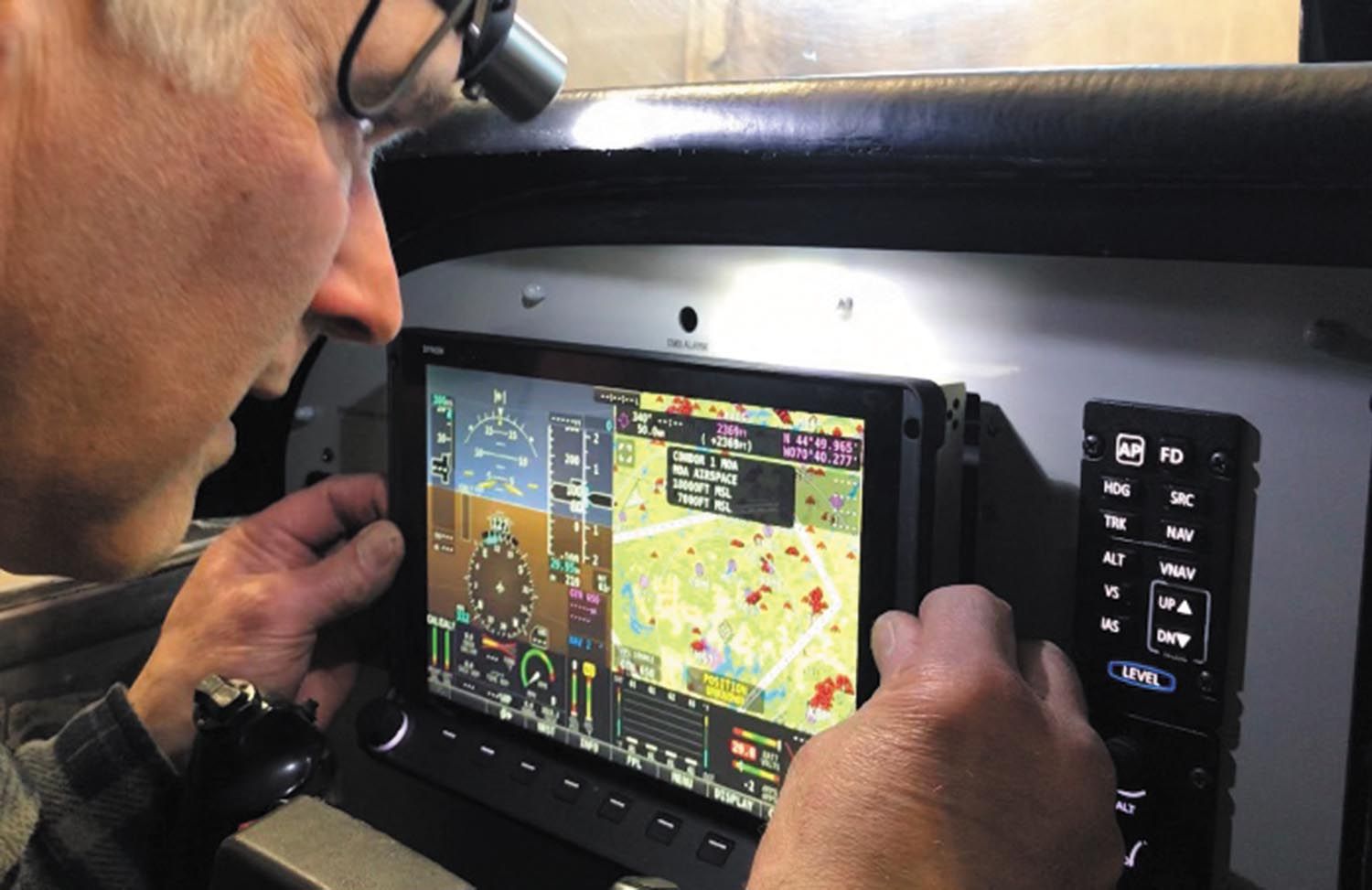
With Dynon’s SkyView HDX Certified system now flying around in sizable numbers, we were curious about reliability and support. “Dynon needs a certified IFR GPS navigator and then this interface would be perfect—a nine out of 10 from my experience,” one Dynon owner told us. “I had my A&P/IA do the SkyView install and while the install took a lot longer than I anticipated, I couldn’t be happier with the product, the interface and Dynon’s support,” said another.
Speaking of downtime, we asked about that, too. In the survey, 20 percent said the aircraft was down for more than a month and 19 percent said it was down for a couple of weeks. This will of course highly depend on the level of teardown and wiring (and condition of the existing wiring), but for major retrofits we wouldn’t have high expectations for getting the aircraft back as soon as you might like. And even when you do get it back, accept that there will be some bugs to work out and tweaks to make. That’s simply the nature of modern avionics interfacing where there’s lots of interconnect between systems.
Living with it
And not just the avionics. When you pick a shop to do the install, realize that you’re buying future support, too. This includes incremental software updates and enhancements. And no matter how pleased you may be with a given interface, inevitably there will always be room for improvement and these improvements may take a lot longer than you might like.
A lot of that is because of slow regulatory approvals. As one respondent told us, “One very important point not to underestimate is the serious delay by federal authorities (in my case, Transport Canada) in approving upgraded versions of equipment. I’m still waiting for the approval of the Garmin G1000 NXi Phase III upgrade for my Diamond. Manufacturers are moving faster than regulatory agencies, who are unable to keep up with the fabulous innovations from the likes of Garmin.”
If you didn’t take our avionics survey but want to share an experience that can be helpful to others, drop us a line and we’ll follow up in a future issue.

